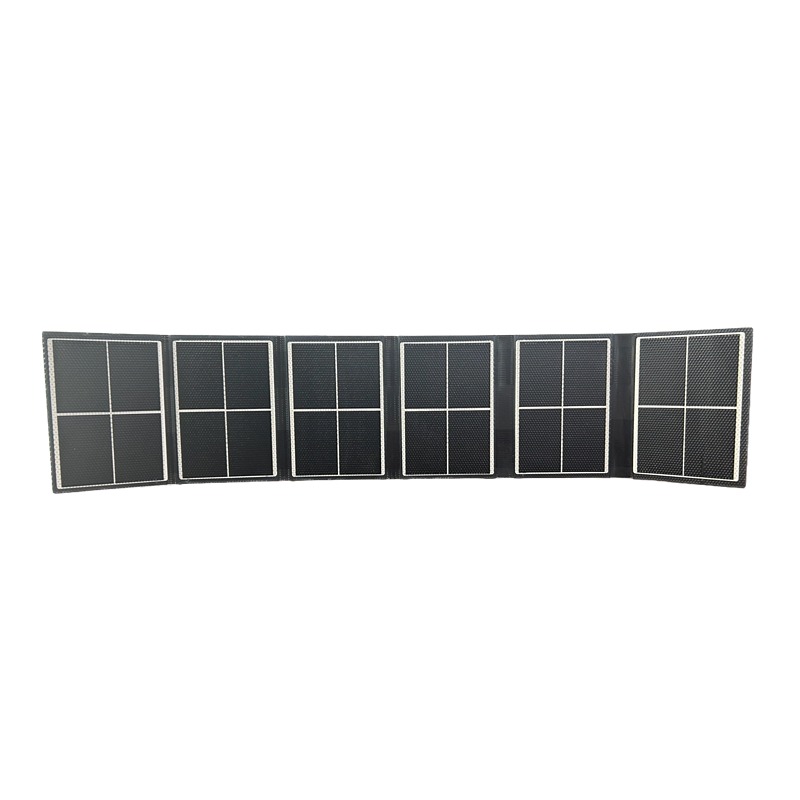When it comes to building a house, strength and durability are paramount. Every homeowner desires a sturdy and secure structure that can withstand the test of time and the elements. In this article, we will delve into the various components that contribute to the overall strength of a house, highlighting their importance and how they work together to create a safe and resilient living space.
- Foundation: The Bedrock of Strength
The foundation is the backbone of any house, providing stability and support. Typically made of concrete, it distributes the weight of the structure evenly, preventing settling or shifting. A well-designed and properly constructed foundation ensures the structural integrity of the entire house. - Framing: The Skeleton of the House
Framing, often constructed with wood or steel, forms the skeleton of the house. It includes the walls, floors, and roof structure. The framing not only provides shape and support but also plays a crucial role in distributing loads and resisting external forces such as wind and earthquakes. The use of advanced techniques and materials, such as engineered lumber, enhances the strength and resilience of the framing system. - Roofing: Sheltering from Above
The roof is not only a visual element but also a vital component in protecting the house from the elements. A strong roof, made of durable materials like asphalt shingles, metal, or concrete tiles, shields the house from rain, snow, and wind. Proper installation and regular maintenance are essential to ensure its longevity and ability to withstand extreme weather conditions. - Walls: The Fortress of Security
Walls provide privacy, insulation, and structural support. The choice of materials, such as concrete, brick, or insulated panels, significantly impacts the strength and durability of the walls. Reinforced walls can resist external forces and protect the house from potential damage, while insulated walls contribute to energy efficiency and comfort. - Windows and Doors: Balancing Strength and Aesthetics
Windows and doors not only allow natural light and ventilation but also serve as potential weak points in terms of security and energy efficiency. High-quality windows and doors made of impact-resistant glass, reinforced frames, and advanced locking systems enhance both strength and aesthetics. Additionally, proper installation and weather sealing are crucial to prevent air and water infiltration. - Plumbing and Electrical Systems: Hidden Strengths
While often overlooked, the plumbing and electrical systems are integral to the functionality and safety of a house. Well-designed plumbing systems with durable pipes and fittings ensure a reliable water supply and efficient drainage. Similarly, a properly installed electrical system with high-quality wiring and circuit breakers guarantees the safe distribution of electricity throughout the house.
Conclusion:
Building a strong house requires careful consideration of each component's strength and durability. From the foundation to the roof, every element plays a vital role in creating a secure and resilient living space. By understanding the importance of these components and utilizing advanced materials and techniques, homeowners can ensure their houses stand strong for generations to come.



More Stories
Water Based Car Spray Booth Solutions for Automotive Paint Systems
Shoring Props Explained: Types, Uses, and Safety Tips for Construction Projects
Why H20 Beams Are Essential for Large-Scale Construction and Infrastructure Projects